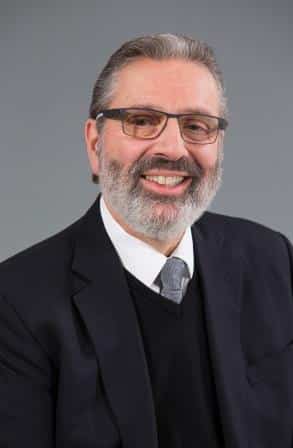20% of women getting lumpectomies need a second surgery, but this risk can be lowered

The lumpectomy procedure (sometimes referred to as Breast Conserving Surgery, or BCS) is the treatment of choice for many people with early-stage breast cancer. The surgeon seeks to remove the malignant tumor, while leaving behind as much healthy breast tissue as possible. Studies show that this procedure, when coupled with radiation, is as effective as a mastectomy (complete removal of the breast) at treating the disease, with much reduced loss of potentially healthy tissue.
However, women considering a lumpectomy may be unaware that in 20% of cases, a second surgery will be needed to remove lingering cancer cells. Despite this, lumpectomy is often the most reasonable choice; but the national average of one in five women needing a repeat surgery is too high.
There are ways to lower the risk of re-excision during lumpectomies. The first is to find an experienced, skilled surgeon trained in the latest techniques to provide the best surgical outcomes. Breast cancer patients should also ensure that the center providing the surgery is equipped with the best technology, enabling the surgeon to perform the most effective operation.
3D tomography, a form of mammography, which has become the standard for breast screening, is now also available to surgeons to perform specimen imaging in the operating room, thus enabling a more precise surgery.
Data show that using 3D tomography in the operating room can minimize the likelihood that a re-excision will be necessary following a lumpectomy because it enables the surgeon to have a higher resolution of the tumor margins in the operating room, which standard specimen radiographs often miss. In a recent study by researchers at UT Southwest Medical Center in Dallas, surgeons reported that use of the 3D tomography technology during breast cancer surgery reduces re-excisions by more than 50 percent compared to the traditional 2D imaging methods commonly in use. This improvement translated into decreased returns to the operating room, decreased anxiety levels, and less costs to patients.
It can also save time in the operating room, because the surgeon does not have to wait while a specimen is taken to a separate radiology area for analysis. Evidence suggests that using 3D tomography during surgery can reduce a lumpectomy procedure by as much as 15 minutes, which for a patient means less time under anesthesia.
Breast cancer patients should ask their surgeon about his or her re-excision rate and the technologies and techniques the surgeon uses to ensure precision and accuracy when removing a tumor. While a 20% re-excision rate is currently the standard that most authorities accept, in my opinion, it should be substantially lower. That is why it is critical for surgeons – and their patients – to insist that the latest innovations, once demonstrated effective by clinical research, be utilized wherever and whenever possible. For my practice, and many breast cancer centers of excellence around the world, intraoperative 3D tomography is making a profound impact.
It’s also important to consider variables when talking about re-excision rates. Some surgeons will do more mastectomies and thus have lower re-excision rates. Others will remove a large volume of tissue. Really good surgeons will have both a low re-excision rate and low mastectomy rate and will work with a plastic surgeon to remove the least amount of tissue possible and then re-shape the other breast so that they match. Using 3D tomography during surgery has helped the best surgeons reduce their re-excision rates even more.
Perfection should be the goal of every breast cancer surgeon who performs a lumpectomy procedure. Patients should demand excellence from their cancer care team, and this includes the most advanced surgical techniques and technologies available.
Ask questions. Be informed. And above all else, remain strong.
